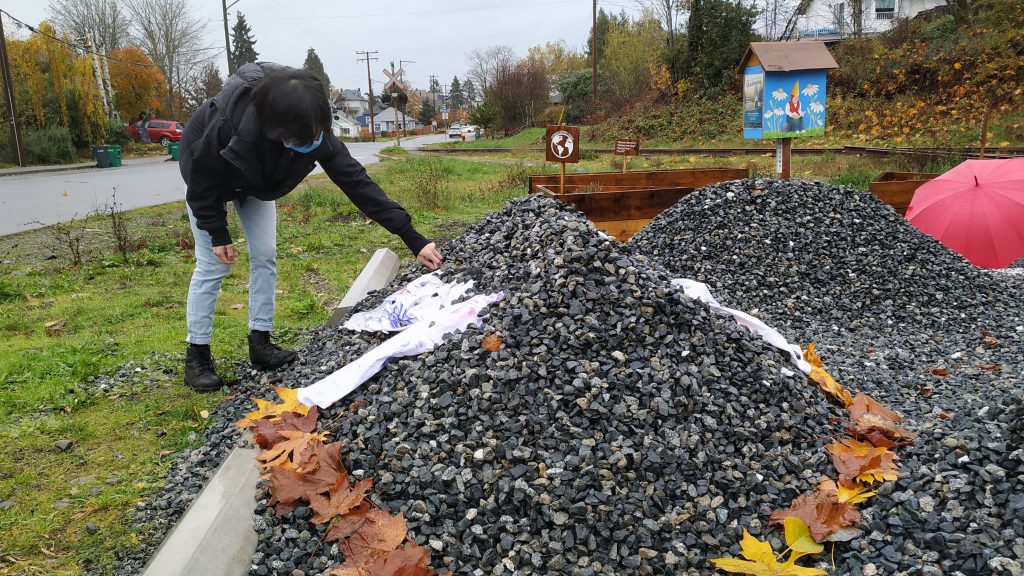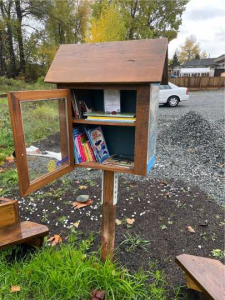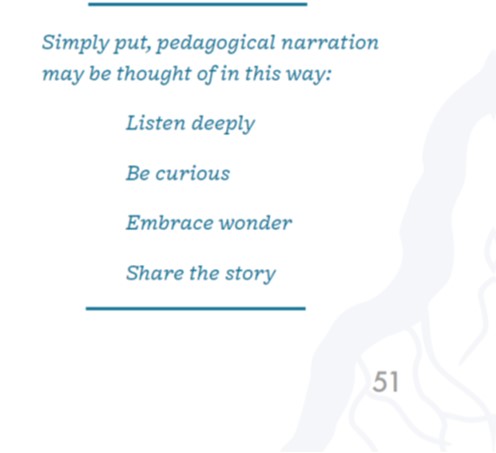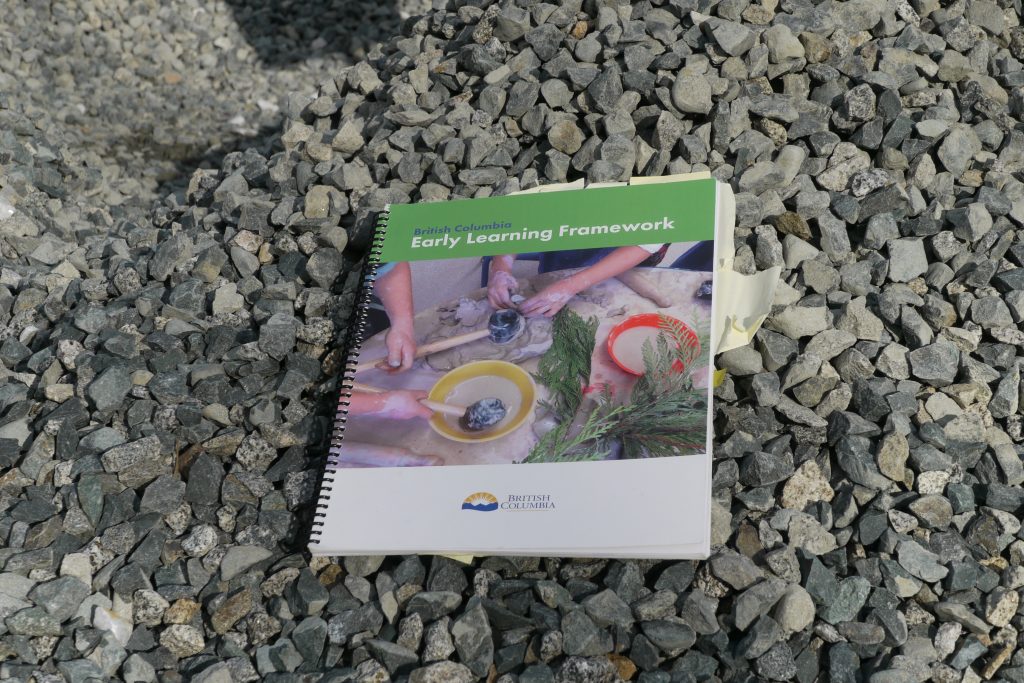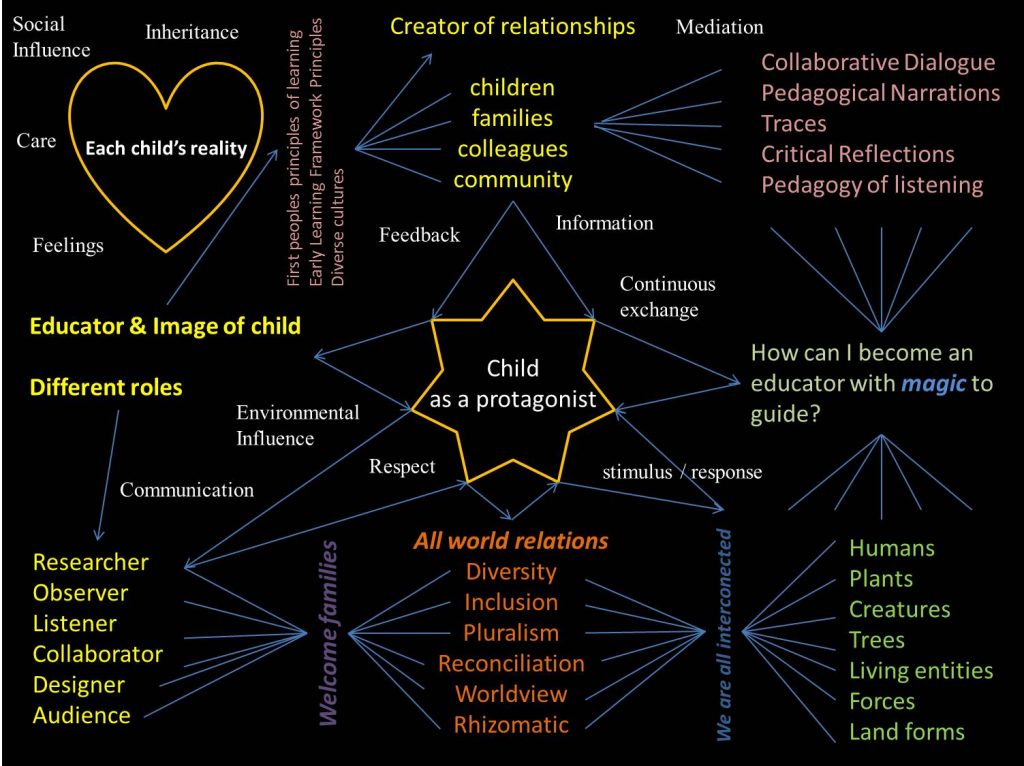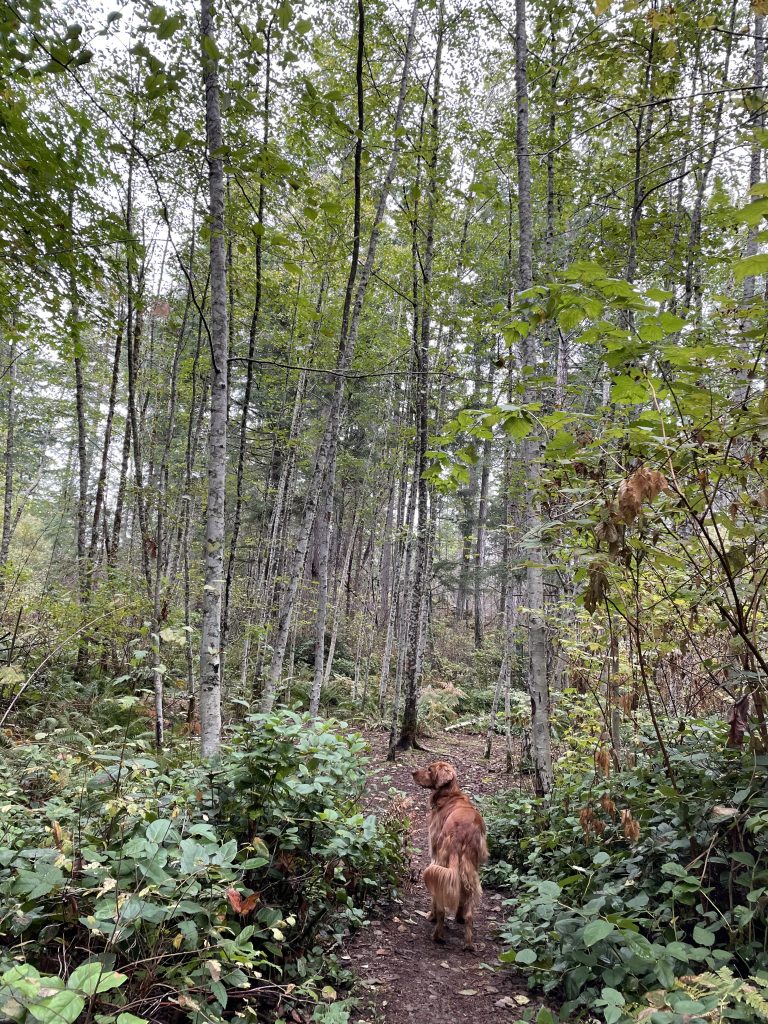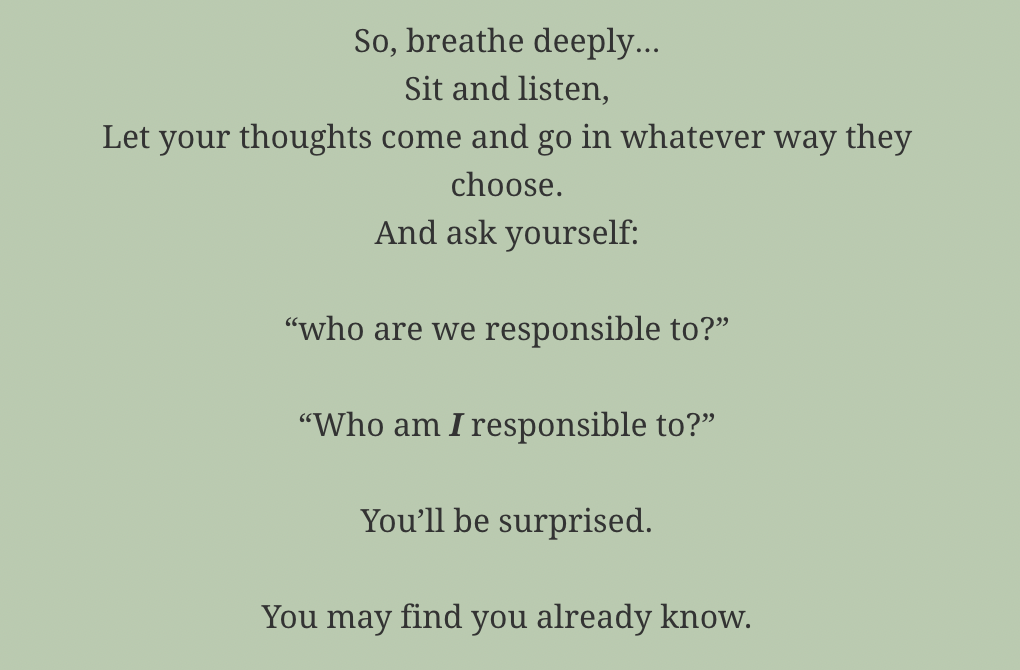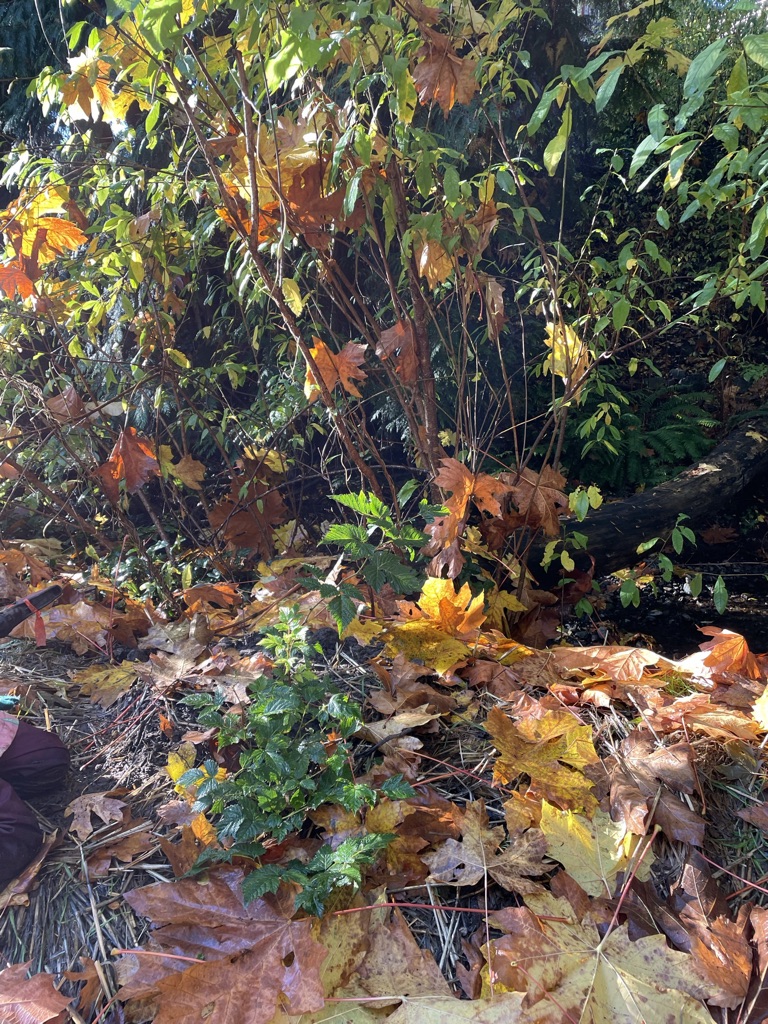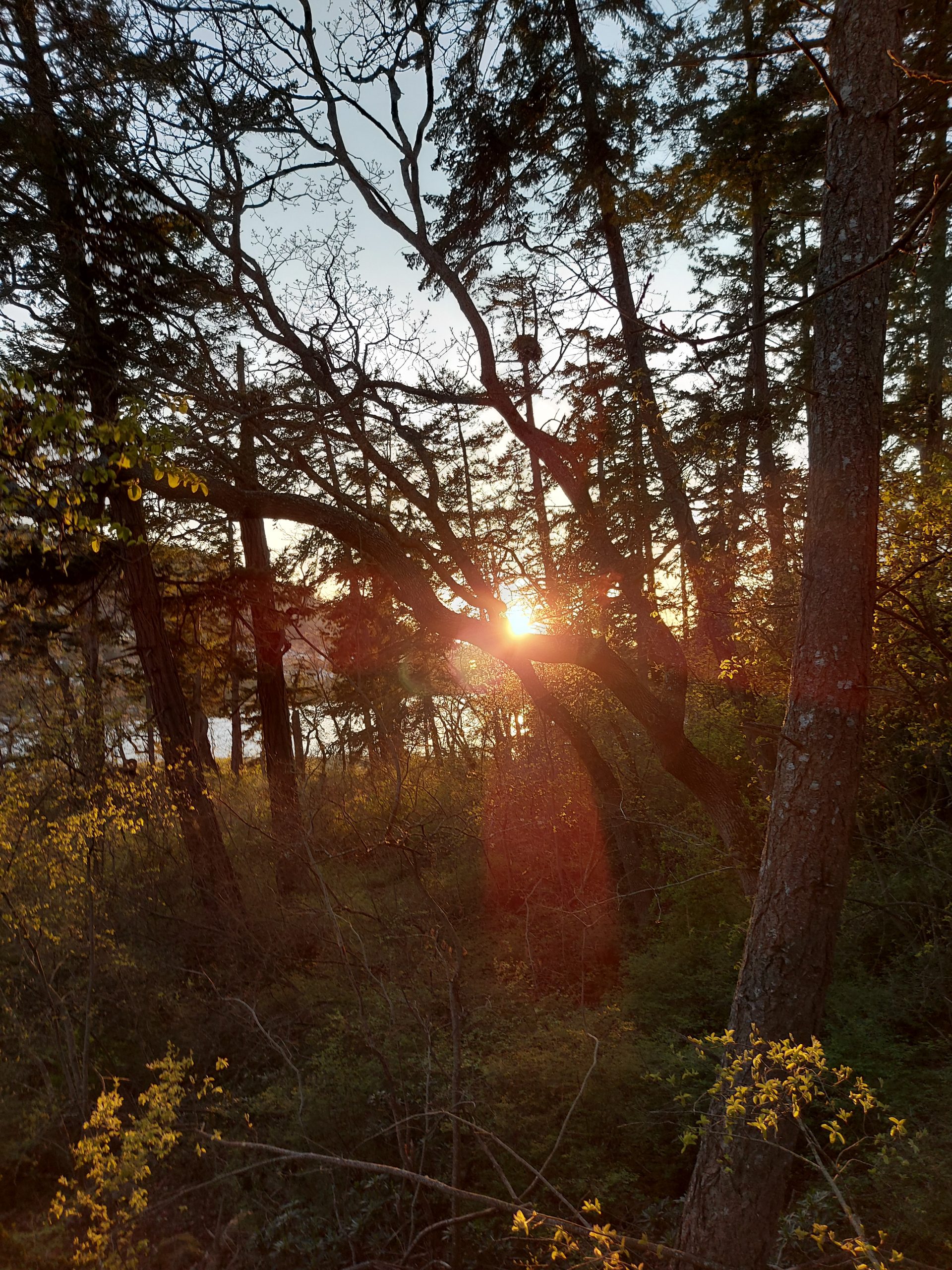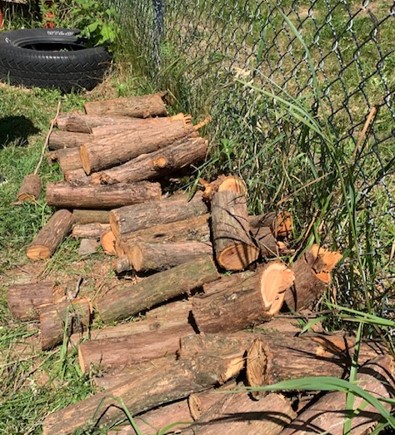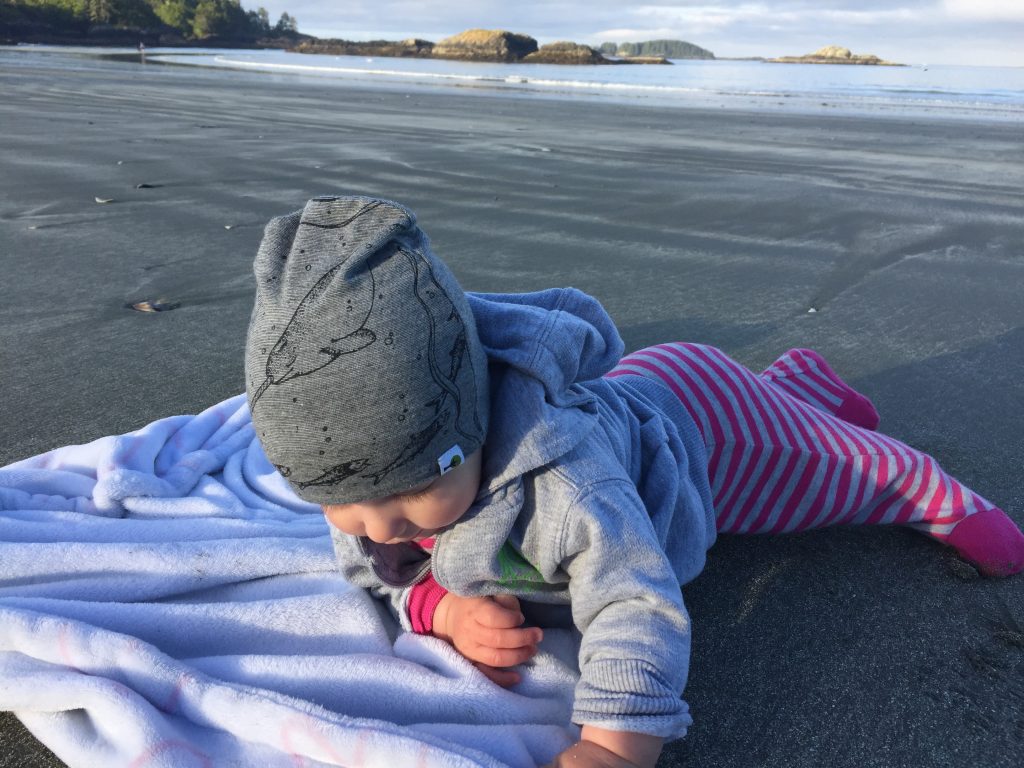By Rachel Nelson

In my class ‘Program Development for Infants and Toddlers’ we started by reading “Drawing Together” by Sylvia Kind and Gabriela Neves (2016). Together as a group, we set up the tables forming a long straight line and laying out the paper. A classmate and I went hunting and gathering materials for a provocation, while the others found a soft gentle video to play in the background. The video was of bright fall colours oranges, reds, and greens running through a river filled with rocks that had weathered many storms. We had nature items in the center of the table along with beautiful drawing materials such as charcoal and wooden pencil crayons, we started to draw what came to us from this provocation; thoughtful materials that stimulated curiosities. Our thoughts as a class were “how can we sustain this inquiry and continue art on this giant piece of paper?”
I asked to bring this to my centre and continue with the children. Giving this project new ideas and curiosities. How would the children react to a paper that had art on it already? Would they add to it? Would they want a fresh untouched piece of paper? Would they crumple the leaves? Would they be curious about why there was nature inside the class with crayons? What new ideas could the children bring with this provocation?
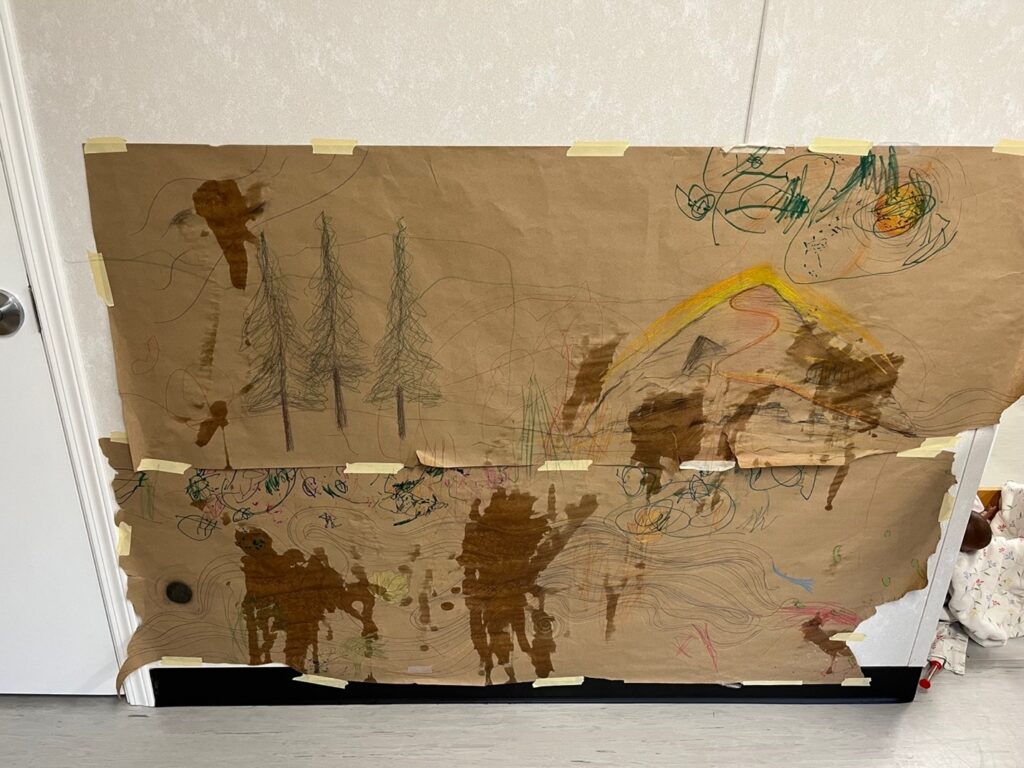
Over the weeks at my practicum the children experienced many provocations with this paper, we started by using it on the tables and eventually it was taped up on the wall. It became a part of our classroom. The children experienced using paint brushes with water, witnessing how paper dries and the different textures it creates, pencil crayons and markers being left out unprovoked so the children could choose if they wanted to make art during free play, painting with their hands and feet, reading by the paper, and many conversations with other educators on ideas around the paper. This paper became alive with university students’ stories and children’s stories. It was a place for free expression of art, and no expectations on how it should look or a final product.
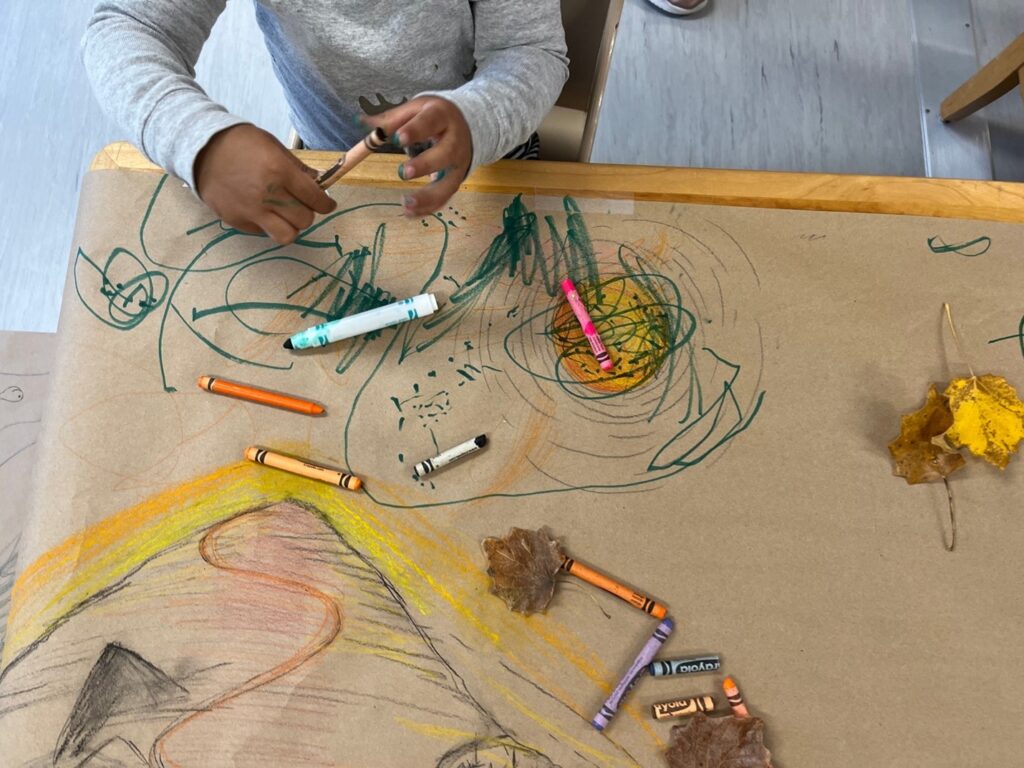
The materials were woven together between classes to sustain this inquiry, flowing to and from my centre and university, I had to let go of my expectations of what the paper should look like and release the urge to guide the children. My actions have an impact on how the children learn, and this was a big learning curve to just allow what’s happening to happen, even if the paper gets torn, messy, and stomped on. Letting go of my expectations for children’s processes, the beauty was right in front of me exploding on this piece of paper. BC ELF (Government of BC, 2019) states, “how can each child contribute their gifts in relationship with adults and other children” (p.73). Each child had a different way of connecting to the paper and with each other. We extended art over months, adding layers of curiosity and stories to the paper.
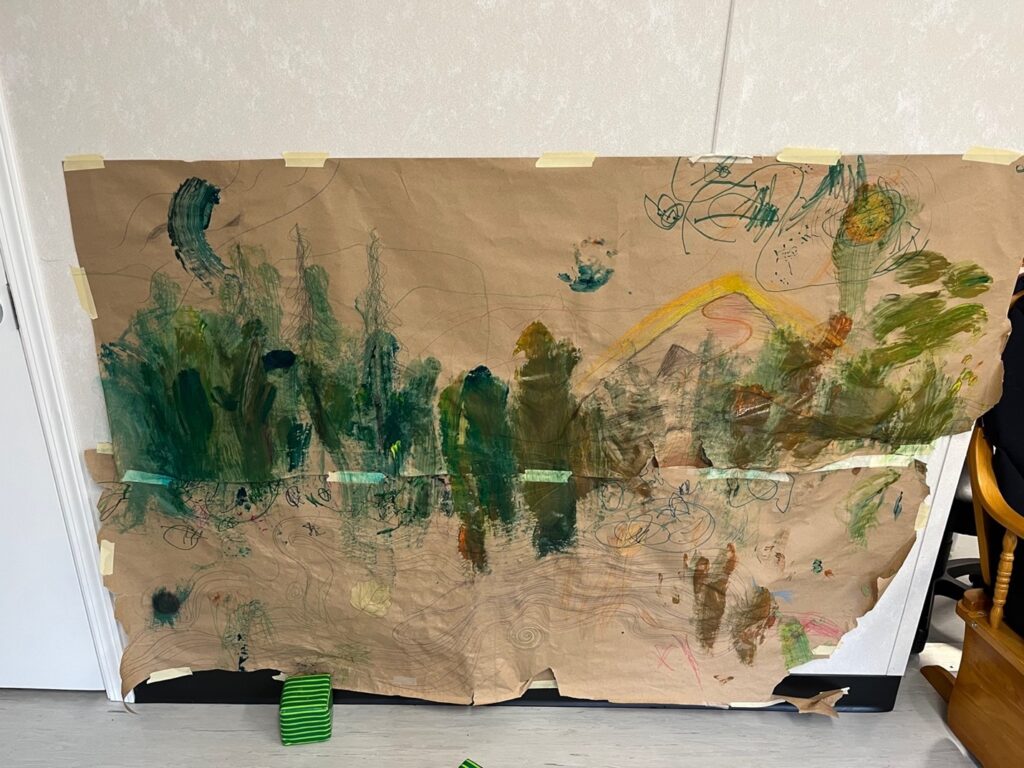
References
Government of British Columbia (2019). British Columbia Early Learning Framework. https://www2.gov.bc.ca/gov/content/education-training/early-learning/teach/early-learning-framework
Kind, S. & Neves, G. (2016). Drawing Together. The Early Childhood Educator, Winter, 27-29.

